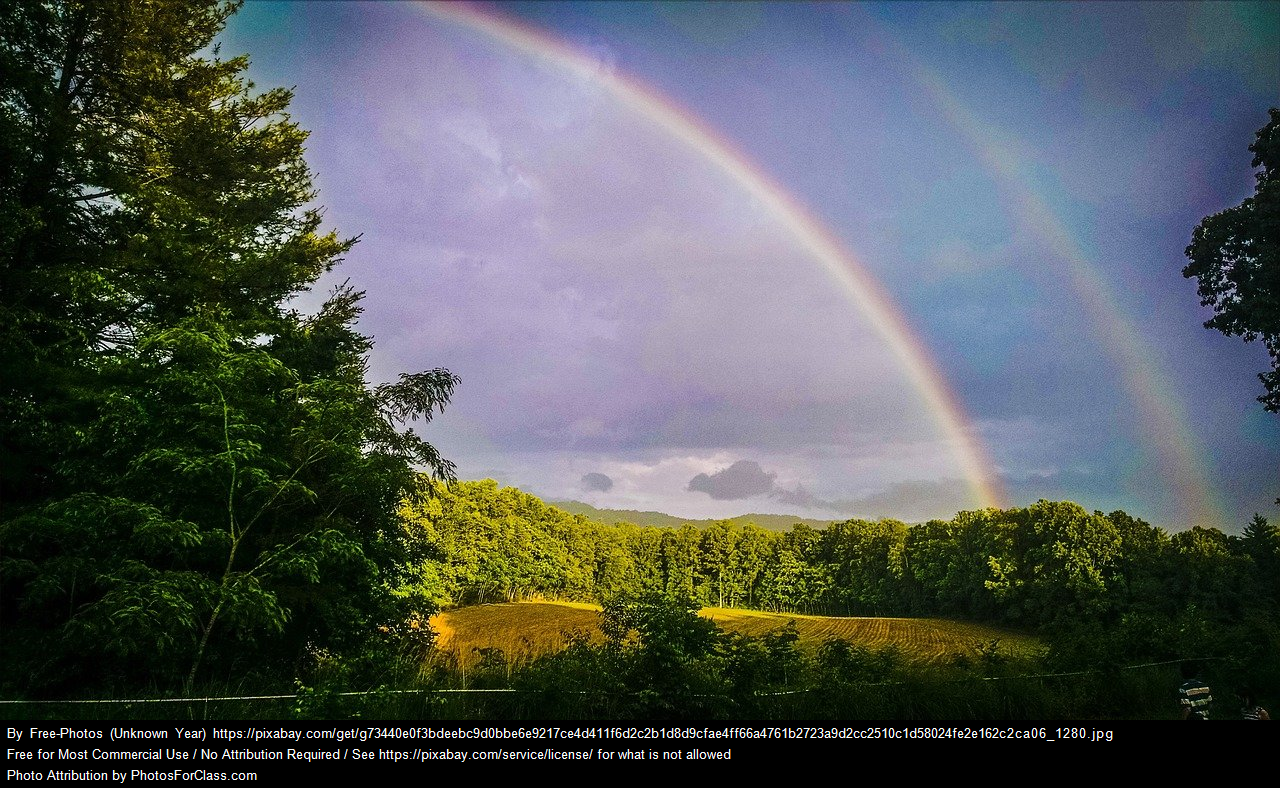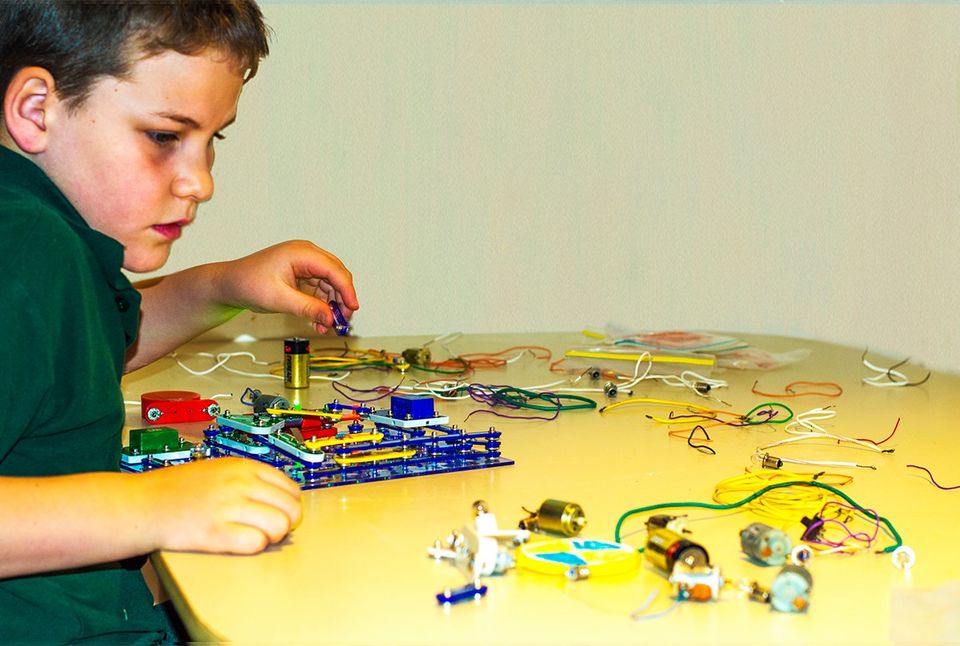Over the years, FLEET has conducted a variety of outreach events with schools and the general public. Most of the events were evaluated using recognized pre- and post-evaluation methods to understand the impact of the event relative to our strategic goals. The methods are outlined in the reports below. This page contains the reports for all evaluated events from 2021 ...
FLEET schools: Topological materials
Topological materials are a new 'quantum' class of materials that are being investigated for their use in the next generation of energy-efficient electronics. Why are researchers excited about topological materials? Topological insulators behave as electrical insulators in their interior, but they will conduct a current along their edges. They can conduct this current without resistance and therefore with no loss ...
FLEET Schools: Light: reflection, refraction, diffraction
Introduction We observe light all around us in the form of sunlight, from torches or fire, but what actually is light? Light is not actually matter – it has no mass – so in effect it can’t be seen. We can’t hold it or smell it. We can only learn about it by how it interacts with or affects things ...
Understanding light
As we noted in the introduction, light is not matter and has no mass. How do students perceive the concept of light? Do students consider light to just exist? Do they have a concept that light ‘travels’ and that it travels at a certain speed and in a straight line? How do we see? This section will explore the nature ...
Reflection, absorption, refraction, diffraction. The basics
What is reflection We can see objects because light reflects off that object and into our eyes. But we didn’t always understand it this way. Pythagoras (about 500 years BCE), best known for the theorem of the right-angled triangle, proposed that vision resulted from light rays emerging from a person's eye and striking an object. Epicurus argued the opposite: Objects ...
Ask The Physicists: What is light?
We observe light all around us in the form of sunlight, from torches or fire, but what actually is light? Light is not actually matter – it has no mass – so in effect it can’t be seen. We can’t hold it or smell it. We can only learn about it by how it interacts with or affects things around ...
How do rainbows form?
For scientists, rainbows are a beautiful, visible manifestation of relatively simple optical physics. You probably know that a rainbow forms when the sun is behind you, and is low in the sky. And you may have inadvertently created rainbows when spraying a hose in bright sun in your backyard. You may not know that the same precise mathematical relationship predicts ...
FLEET Schools
FLEET Schools is a resource for primary and secondary teachers, and students to engage with physics and chemistry, and to learn and think about the research problems FLEET is working on. That problem is our ever increasing energy requirements coming from our rapidly increasing demand for computation. Think Internet of Things, AI, driverless cars, smart phones and gaming. To solve ...
FLEET schools: FLEET research and the need for the next generation of electronics
From FLEET schools: Conductors, insulators and electricity FLEET Schools: Light: reflection, refraction, diffraction Digital technologies (anything with a computer chip) consume about 10% of global electricity and this proportion is increasing each year as we demand more and smarter, more powerful computing systems to be integrated into our daily lives. Taking a single photo on your phone requires about 1 ...






